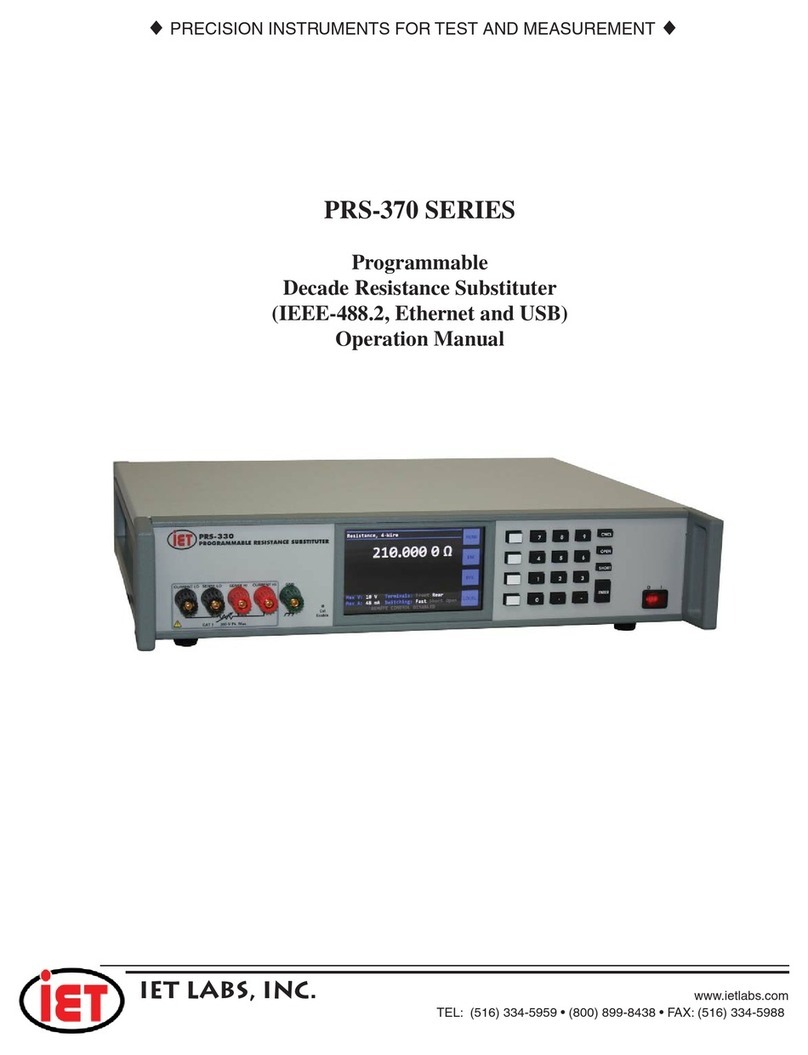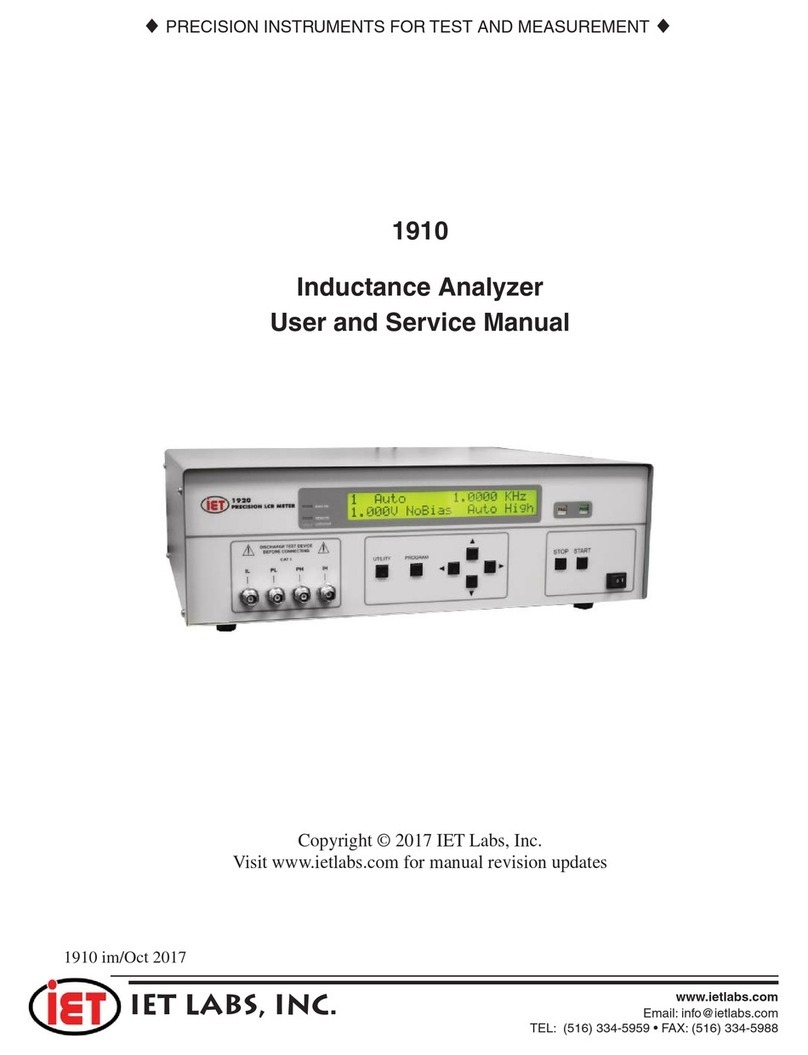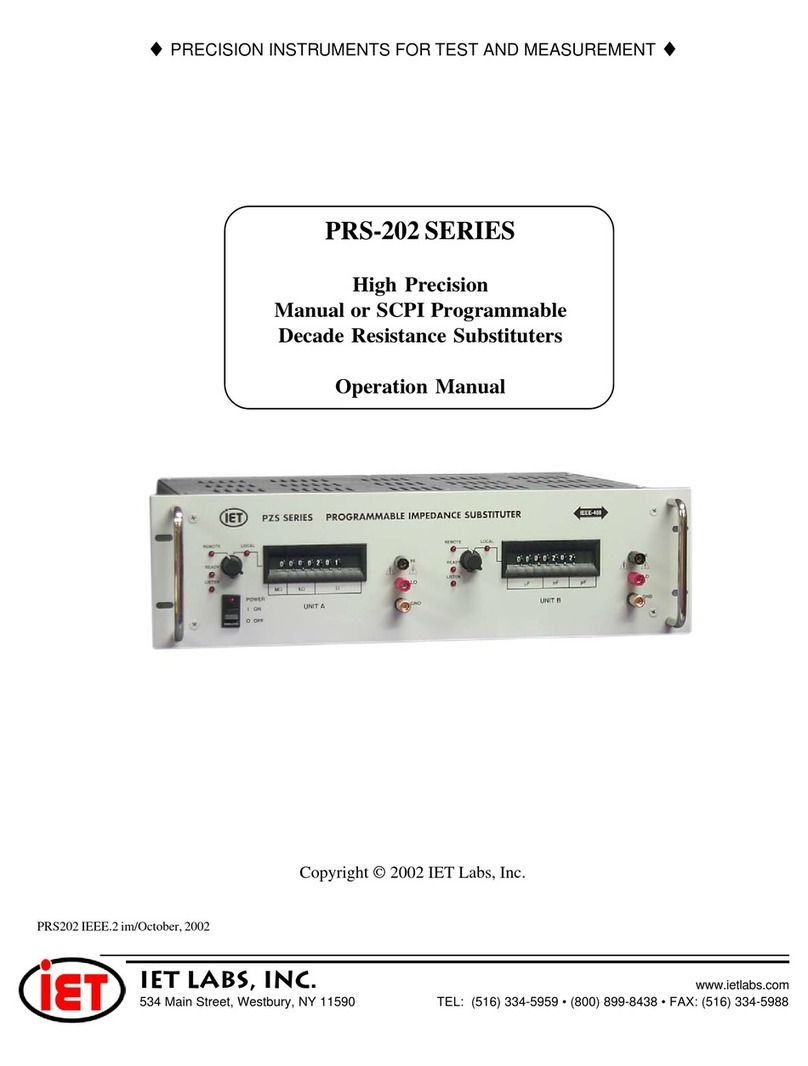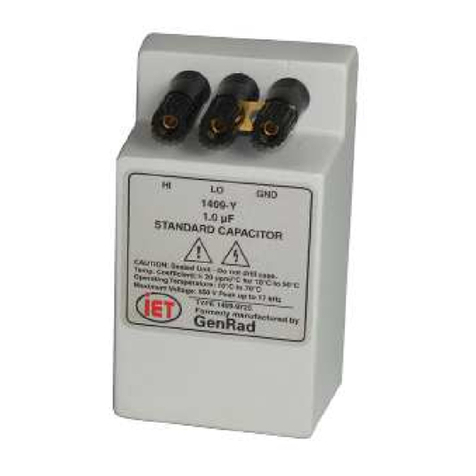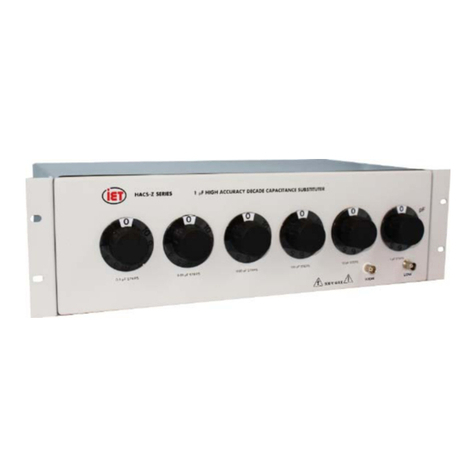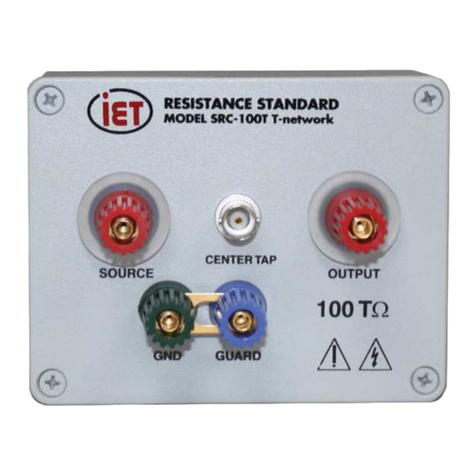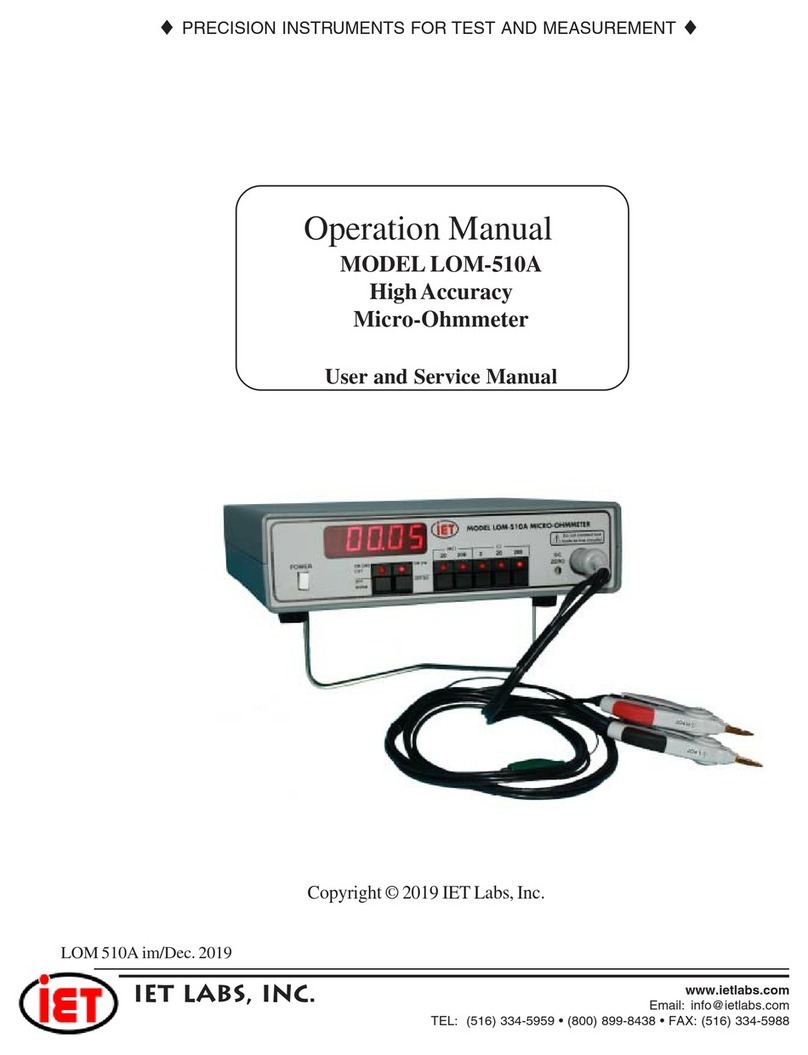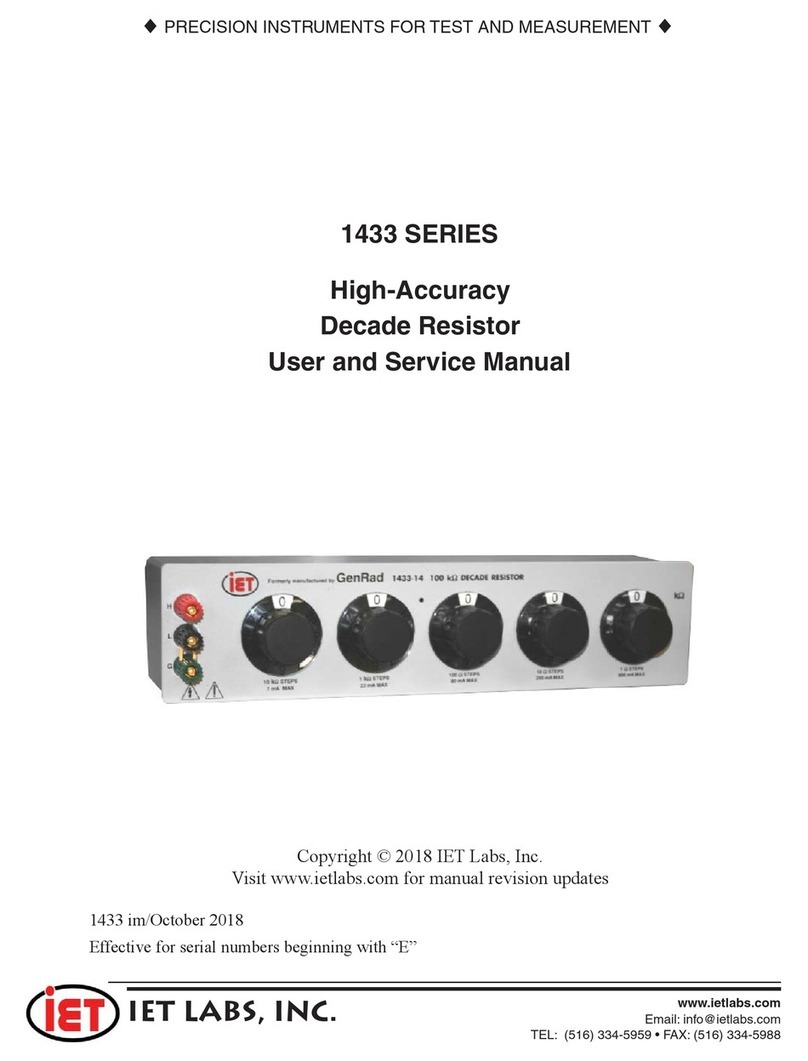
- iii -
Table of Contents
Chapter 1: Introduction .........................................................1
1.1. Overview ............................................................................1
1.2. Introduction to measuring principles..................................2
1.2.1. What is impedance ..........................................................2
1.2.2. Measuring impedance......................................................4
1.3. Equivalent circuit ...............................................................6
1.4. Instrument layout................................................................7
1.5. LCD display layout ..........................................................10
Chapter 2: Operation............................................................12
2.1. How to obtain optimum precision ....................................12
2.2. Default settings.................................................................12
2.3. Zeroing the meter .............................................................14
2.4. Attaching DUT’s to the meter ..........................................17
2.5. Primary measurements and functions...............................19
2.5.1. Measuring inductance, capacitance, and resistance .......19
2.5.2. Measuring dissipation, quality, ESR, and phase angle...22
2.5.3. Sorting components.......................................................24
2.5.4. Making relative measurements......................................26
2.6. Additional settings............................................................30
2.6.1. Selecting test frequency.................................................30
2.6.2. Making measurements in series and parallel .................32

